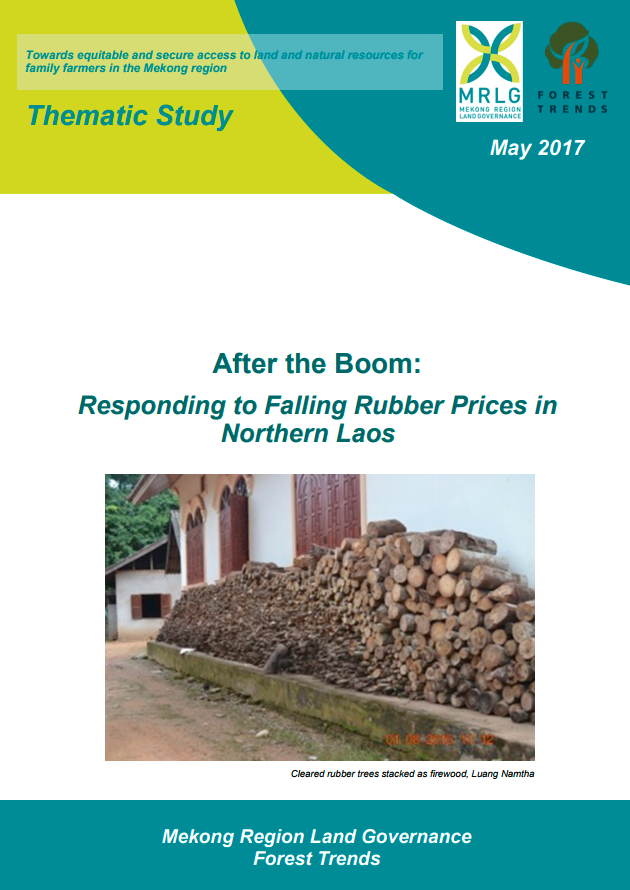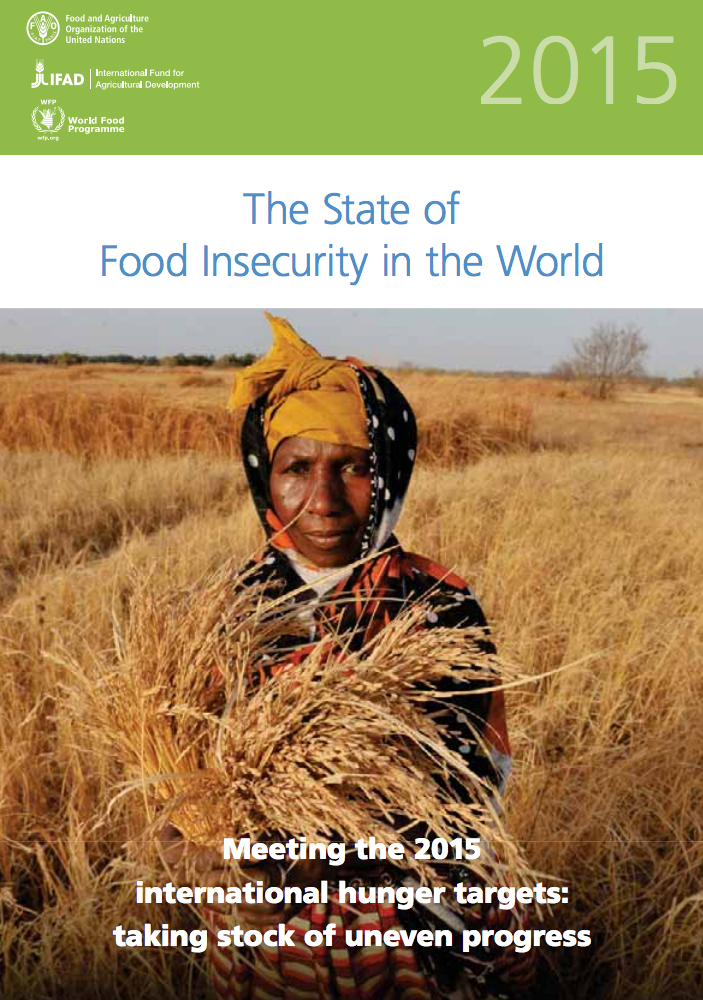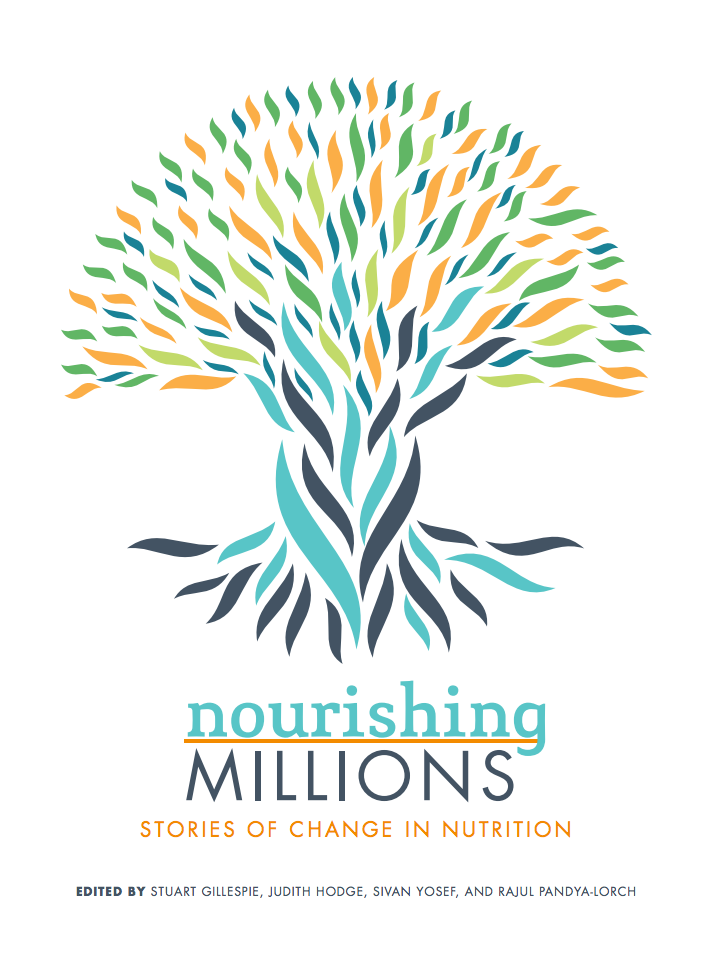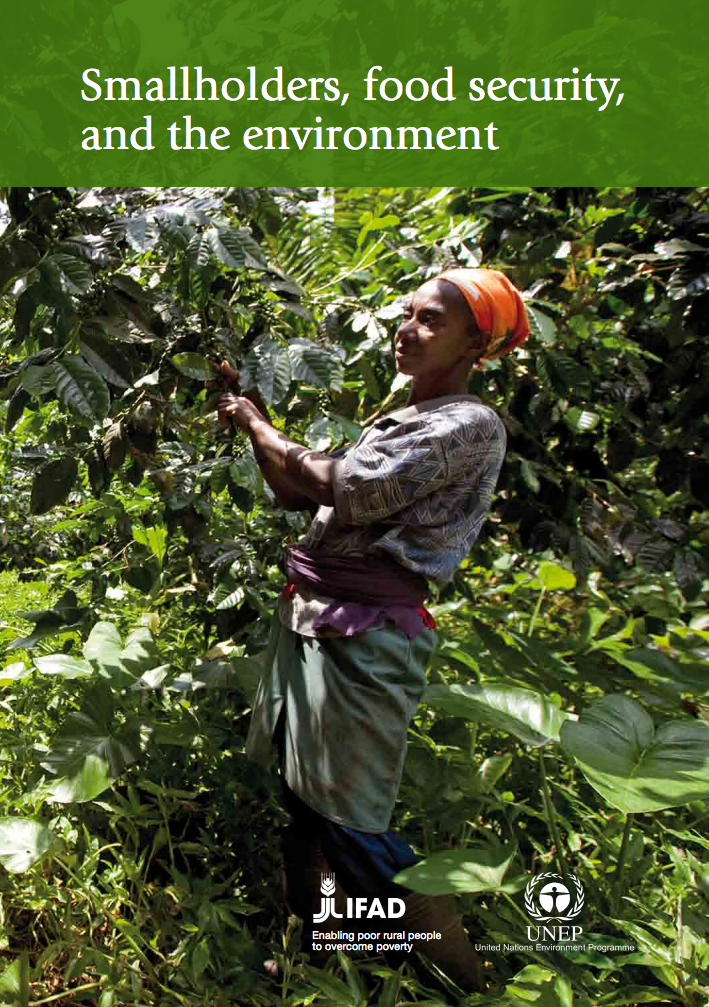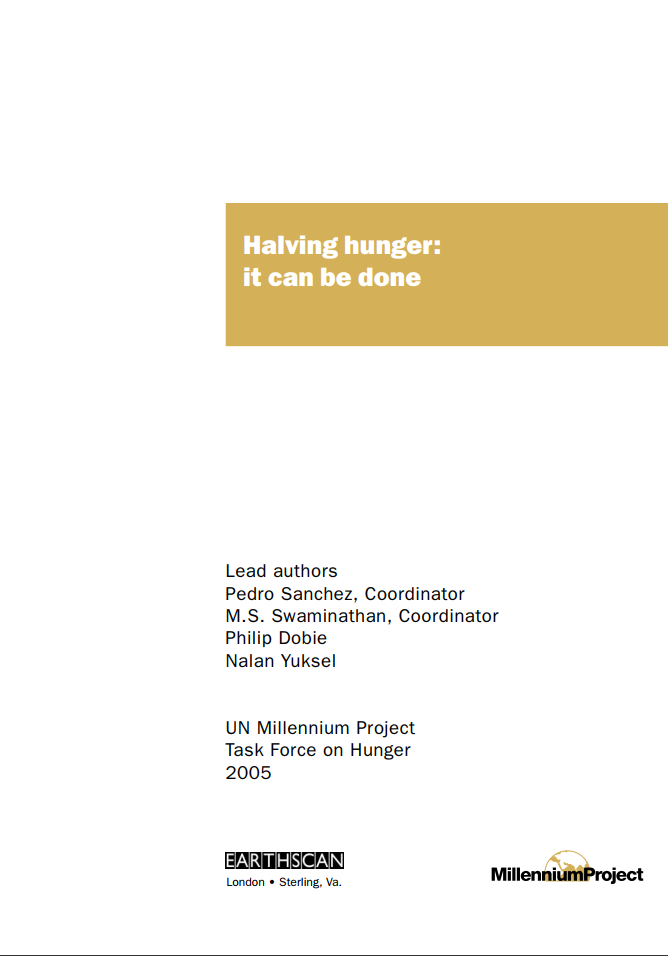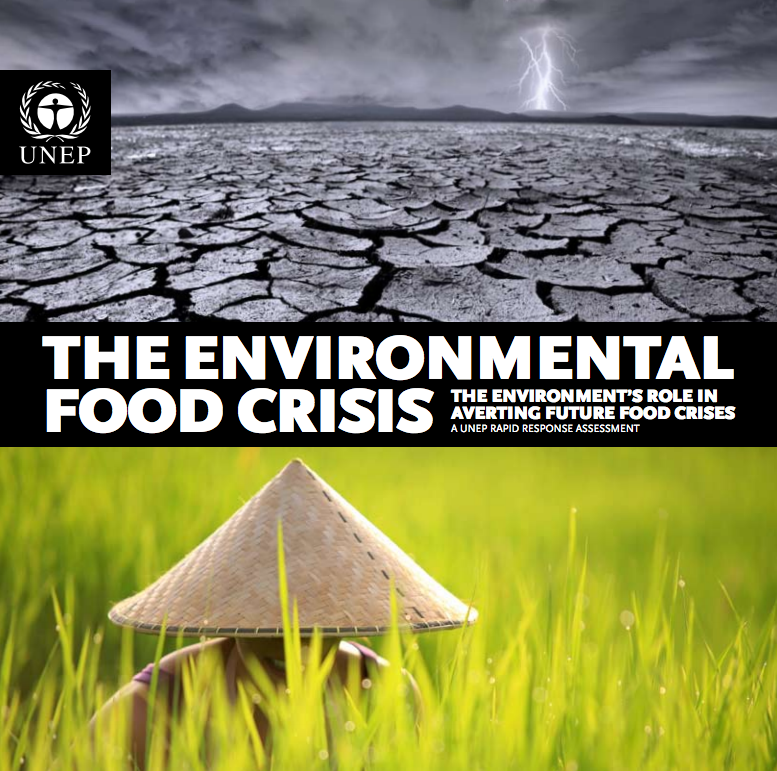Changing Livelihoods and Landscapes in the Rural Eastern Cape, South Africa: Past Influences and Future Trajectories
This paper seeks to understand the drivers and pathways of local livelihood change and the prospects for transformation towards a more sustainable future. Data are used from several studies, and a participatory social learning process, which formed part of a larger project in two sites in the Eastern Cape, South Africa. Secondary information from a wealth of related work is used to place our results within the historic context and more general trends in the country. Findings indicate that livelihoods in the rural Eastern Cape are on new trajectories.


